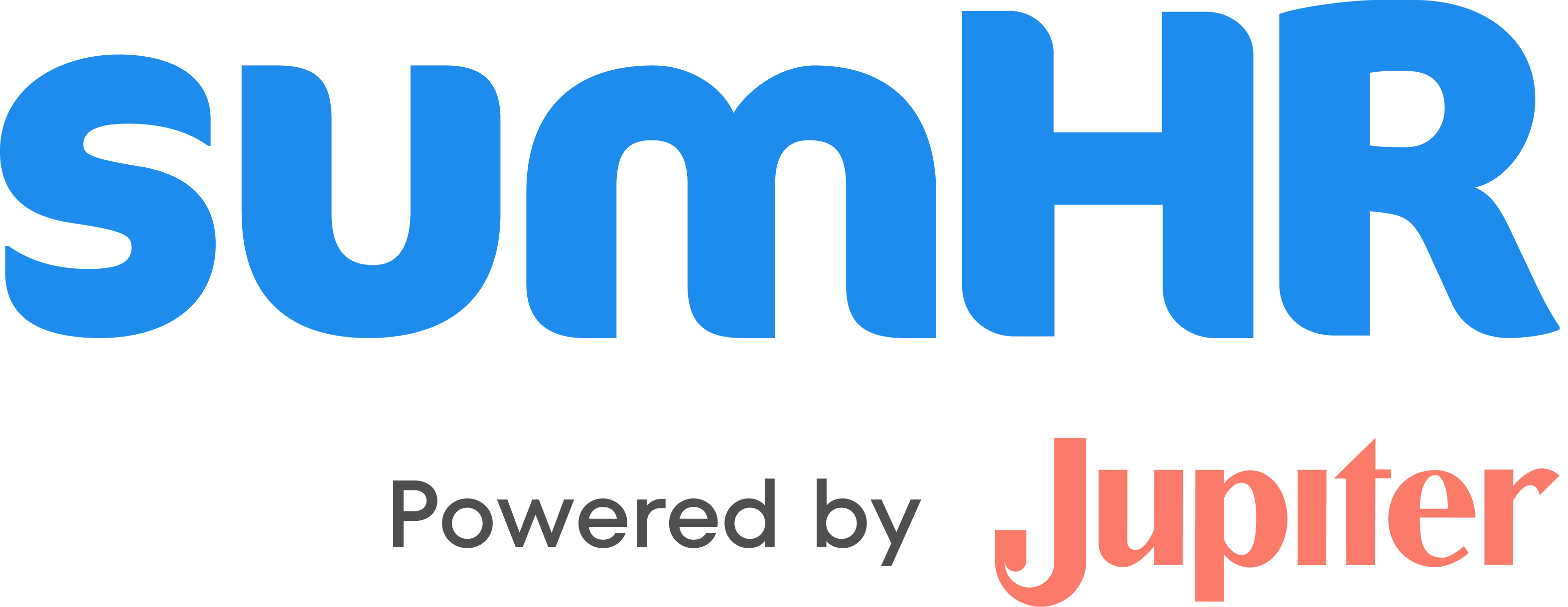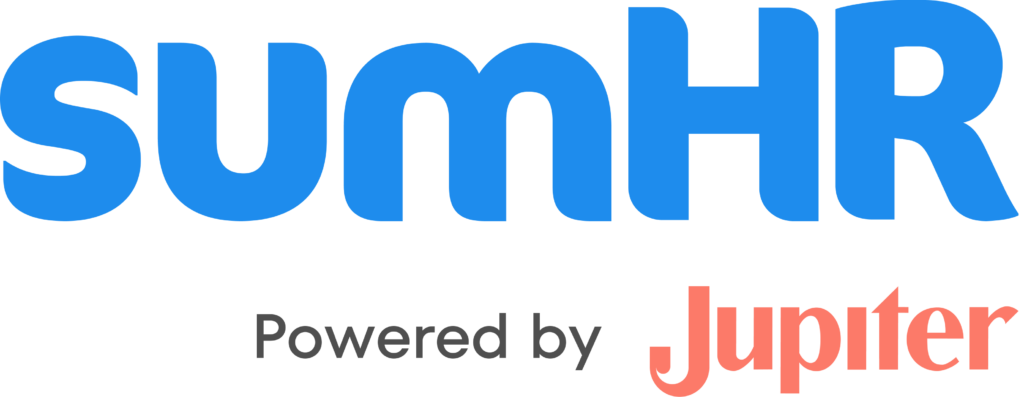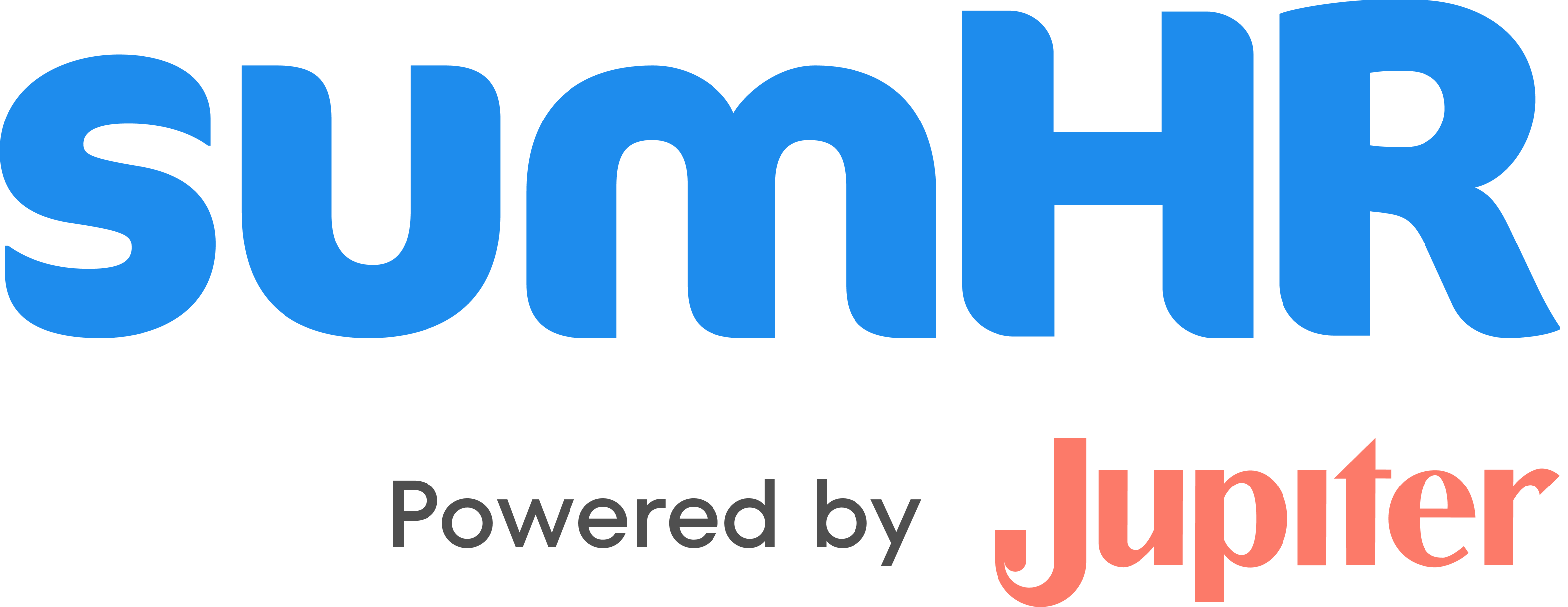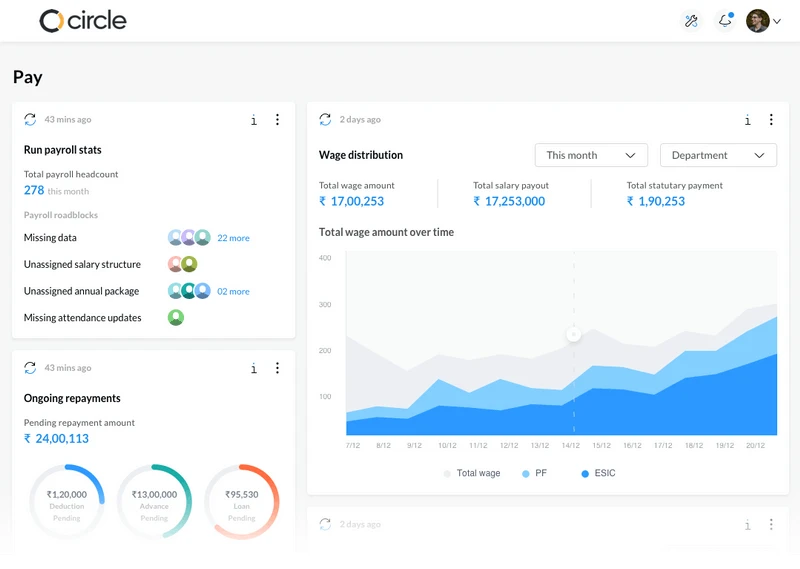Onboarding staff remotely is different from onboarding employees onsite. Although you can spot similar processes, remote onboarding possesses subtleties for accomplishing different objectives.
Welcoming new members of your team is easy when done in person. Answering important questions, meeting co-workers, and getting a sense of how they’ll collaborate with you is simply more straightforward in a face-to-face engagement.
However, plenty of remote hires reside in different cities or even countries, where different time zones interfere with scheduled meetings in your location and where they’d need to purchase a plane ticket just to meet you in-person. Likewise, persisting lockdown regulations require companies to implement work from home schemes to slow the spread of COVID-19, making physical onboarding impossible due to health and safety reasons.
Nevertheless, employee satisfaction and engagement remain a top priority when easing in new staffers both online and offline. To help you hatch ideas for onboarding remote employees, here’s a checklist and a couple of tips that can lead you towards achieving these goals.
Remote employee onboarding checklist
- Prepare new employees for the upcoming challenges in working remotely. Statista lists collaboration issues and loneliness as the top challenges to working remotely, so be prepared to respond to these issues.
- If you shifted to work-from-home practices recently due to the pandemic, inform new hires regarding changes in company processes. In addition to work-related issues, you can also discuss problems they might encounter because of the current crisis.
- Foster meaningful connections with colleagues outside the office. Integrate new staffers with virtual events and initiatives.
- Acquire technology that can help realize your ideas for onboarding remote employees.
- Introduce the new members of your team to tools for collaboration and productivity.
- Hand over digital copies of manuals and company policies. Be sure to send the equipment they need to work.
- Keep your team motivated to show up to work despite geographical barriers.
Here are 7 Best Practices for Onboarding Remote Employees
1. Pave a sturdy onboarding path

Every journey begins by putting one foot at the beginning of the road. Onboarding is a journey on its own, and although remote workers can’t be physically integrated into the team, it’s important to steer them in the same direction as your regular office workers.
The first step in doing so is having a clear path toward your HR end goals. Try to provide your remote hires with a traditional company experience similar to offline onboarding.
Begin implementing practices supporting your remote business model, and get ready to onboard more employees in such a setup. Recent data shows over 20% of the world’s workforce able to operate remotely 3-5 days a week as successfully as they could if they were in a regular office after the pandemic. COVID-19 effectively shattered cultural and technological barriers that previously hindered remote work, and now, the working landscape is here to stay.
By doing so, you’ll attract and retain more talent. This claim is backed by numbers from a LinkedIn report where 54% of talent professionals say work flexibility contributes highly to staff retention.
As you gear more of your processes towards remote work, your road expands, your employees become more satisfied and ultimately, your business grows.
2. Emphasize company culture (from day one!)

Even if they don’t work in the office or even though you’ve had a sudden operational shift, remote hires are part of your culture, and it’s good to instill it in them from the very beginning.
Company culture has become more integral for attracting new talent. According to Forbes, a well-planned, inclusive, and positive company culture is the glue holding an organization and its staff together, which is why it demands extra awareness, especially in HR remote onboarding.
There are plenty of aspects that have motivated your new hires to enter your company: a passion for innovation, diversity, and inclusivity, a healthy work-life balance, and various opportunities for career development. Be sure to highlight this when implementing your ideas for onboarding remote employees.
You can include the following steps in your HR remote onboarding to help them understand your company culture,:
- Distribute your employee handbook digitally.
- Provide an online presentation or host a meeting regarding your core values. An alternative would be to send materials to discuss them.
- Show them photos and videos of previous meetings with the entire team.
3. Move away from traditional onboarding methods

Remote work is highly reliant on technology, so it’s no surprise HR remote onboarding benefits from digital tools and cloud processes. These solutions even go beyond the recruitment phase and can be remarkable assets if you’re planning to make your business model permanent.
Here are some of the solutions you can implement to make onboarding and operations smoother for your dispersed team:
- Communication and collaboration solutions such as Slack.
- Tools for distributing tasks like Asana or Basecamp.
- An HR software like sumHR can address all your HR demands from onboarding new talent to facilitating employee exit.
Remember to select platforms that enable onboarding to be overseen and monitored from wherever a network connection can be established.
4. Get an HR software

Since we’ve already put software solutions on your remote employee onboarding checklist, let’s highlight the importance of HR software to your new recruitment process.
Whether you’re a startup or an established multinational organization, you can benefit from having HR software that’s suited to your needs.
As the role and responsibilities of HR managers expand from recruiting talent and arranging staff data to fostering a company culture and looking over workers’ professional progress, managing a company’s human assets is becoming more complex, especially with scaling enterprises hiring more employees.
HR software makes HR processes easier. It simplifies internal workflows, incorporates a more secure payroll structure, constantly tracks worker productivity, standardizes employee data processes, implements employee self-service, and assists with onboarding, even in a remote or hybrid business model.
Don’t know where to start looking for HR tools? Check out this CompareCamp list of HR software solutions.
5. Follow up and constantly communicate with new hires

So the first few weeks with your new employees seem to be going great. They look like they’ve learned the ropes without any difficulty, and they’re adjusting well. But is it time to fully let them out of your sight?
We don’t think so. In fact, letting them work without any assistance from your side can be quite troublesome for your company. Although this is one of the most common mistakes organizations make with their new hires, we don’t want you to make the same error, because the consequences can escalate with a dispersed workforce since you aren’t working in an actual physical location, and you can’t detect anything in your employees’ words or body language that might express their struggle.
New staffers are often hesitant or afraid to raise questions, ask for help or take up space in their manager’s busy schedule, especially if they’ve been given a pat on the back for how well they’re doing.
To avoid this, continuously follow up and discuss work with every employee, including your top performers who do well independently. Communication is an integral aspect in your HR remote onboarding process and one of the best strategies to create high retention among your remote workers.
There are plenty of platforms and ways you can get in touch with your staff: phone calls, Zoom meetings, or simple pings in your communication and collaboration software.
In addition to this, it’s also important to conduct performance evaluations with the new members of your team. Incorporate regular appraisals, provide constructive feedback, and host informal meetings on professional objectives and necessary support to accomplish obligations.
Follow-up evaluations are also integral to ensure you’re not dropping the ball on fostering your workers’ career growth. For new hires, it’s important to schedule a follow-up meeting with them to exhibit your interest in fortifying your connections with them and improving their company performance.
6. Build a powerful support network

Executing ideas for onboarding remote employees is tough enough, and with the global pandemic taking the challenge up a notch, you’ll need all the backup you can get.
Consider enlisting the support of HR experts who can go the extra mile to address your pain points and help you attain your business goals. Some HR professionals have been thriving in remote or hybrid work environments for years. Consult them on your onboarding strategies for remote employees and take their advice into consideration.
If you’re using any software for HR remote onboarding, you can also approach your provider’s support team so they can give you tips on how to maximize your tools. From seamless implementation to effective adoption and integration with your existing solutions, your HR software’s support team is with you every step of the way in your recruitment path regardless of the circumstances.
7. Don’t be afraid to ask questions

There are plenty of channels where you can raise relevant inquiries revolving around remote onboarding. Whether you’re having difficulty ticking off every item on your remote onboarding checklist or you’re not sure if your strategies are working, platforms and people are available to answer your uncertainties and help with your troubles.
You can get in touch with HR experts, recruitment coaches, or businesses with similar working landscapes within your industry. You can even post inquiries in online forums.
On another note, if you have any questions about HR software that can help you implement these best practices for onboarding remote employees, don’t hesitate to contact us. We’ll see what we can do for your remote onboarding and other HR processes.
Crafting the best HR Remote Onboarding Process
Though there are quite a number of onboarding strategies for remote employees, it still comes down to the business owner, manager, HR department and the entire staff to create an inclusive company culture that makes employees feel valued and appreciated.
While it’s challenging to build and develop such a culture in a remote or hybrid work setup, it’s not far from possible. Just establish expectations and targets, create a clear career path for your new hires, communicate regularly, and invest in tools and solutions that can contribute greatly to your remote onboarding process.
Trust us, the results are worth all the effort and time you spend enhancing your HR remote onboarding and improving your staff experience.
And if you’re looking an all in one HR Software which comes with attendance management, payroll software, performance management and much more give sumHR a try. Book a free demo or start your 7 day free trial
If you have any questions leave it down below in the comments and I will be sure to answer it.








